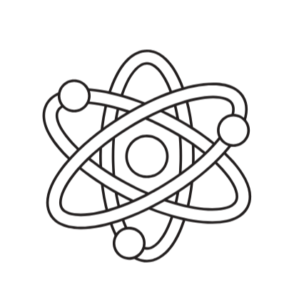In “The Origins of the Universe: A Crash Course”, by Brian Greene, posted in the OpEd section of the New York Times, Sept 12, 2008 , Greene, a professor of Math and Physics at Colombia University, offers four possible revolutionary advances the Large Hadron Collider (LHC) may uncover.
The LHC is a 17 mile long track with 10,000 superconducting magnets, costing the international community over $8 billion. Last week it turned on. Protons circulate 11,000 times around the track each second creating half a billion head-on collisions. The energy of each collision will quickly “convert to a broad spectrum of other particles,” such as: Higgs Bosons, supersymmeric particles, transdimensional particles, and micro black holes.
 The Higgs Boson or particle, named for Peter Higgs, may be the carrier of inertia, that gives all forms of matter the attribute of mass. Collisions at the LHC may “chip off little chunks of the ubiquitous Higgs field,” in the form of Higgs Bosons. If it is found, it will complete the more than 25 year old standard model of particle physics.
The Higgs Boson or particle, named for Peter Higgs, may be the carrier of inertia, that gives all forms of matter the attribute of mass. Collisions at the LHC may “chip off little chunks of the ubiquitous Higgs field,” in the form of Higgs Bosons. If it is found, it will complete the more than 25 year old standard model of particle physics.
Supersymmetric particles are a prediction of string theory, an alternative unified theory of all forces and matter. These are counterpart particles to every known type of particle, such as electrons, quarks and neutrinos, but of much higher mass. This is why they may not have been found yet. The supersymmetric versions are labeled with an “s”, such as selectrons or sneutrinos. There is the possibility that supersymmetric particles make up dark matter.
Transdimensional particles are a consequence of the possible existence of extra spatial dimensions. Just as gravity is viewed as originating from warped space, is it possible that the other forces are caused by a warping of additional, unknown spatial dimensions? Again, string theory suggests extra dimensions may be the origin of all forces. Some of the debris in proton-proton collisions might be ejected into these tightly coiled, warped dimensions, which would show up as “an apparent loss of the energy the debris would carry.”
Micro black holes are the one possible outcome of the LHC that has created the most “fuss.” The concern has been the possibility that a black hole generated under Geneva might “swallow Switzerland and continue on a ravenous rampage until the earth is devoured.” This is not likely. If a micro black hole were created, Steven Hawking predicts it would quickly evaporate. In addition, cosmic rays with energies far in excess of what the LHC is capable, have been raining down on the earth without any noticeable astrophysical calamities.
Greene concludes that even with these expectations, “the most exciting prospect of all is than the experiments will reveal something completely unanticipated… that forces us to rethink our most cherished explanations.”
Published in Oct 2008 Cosmic Messenger




